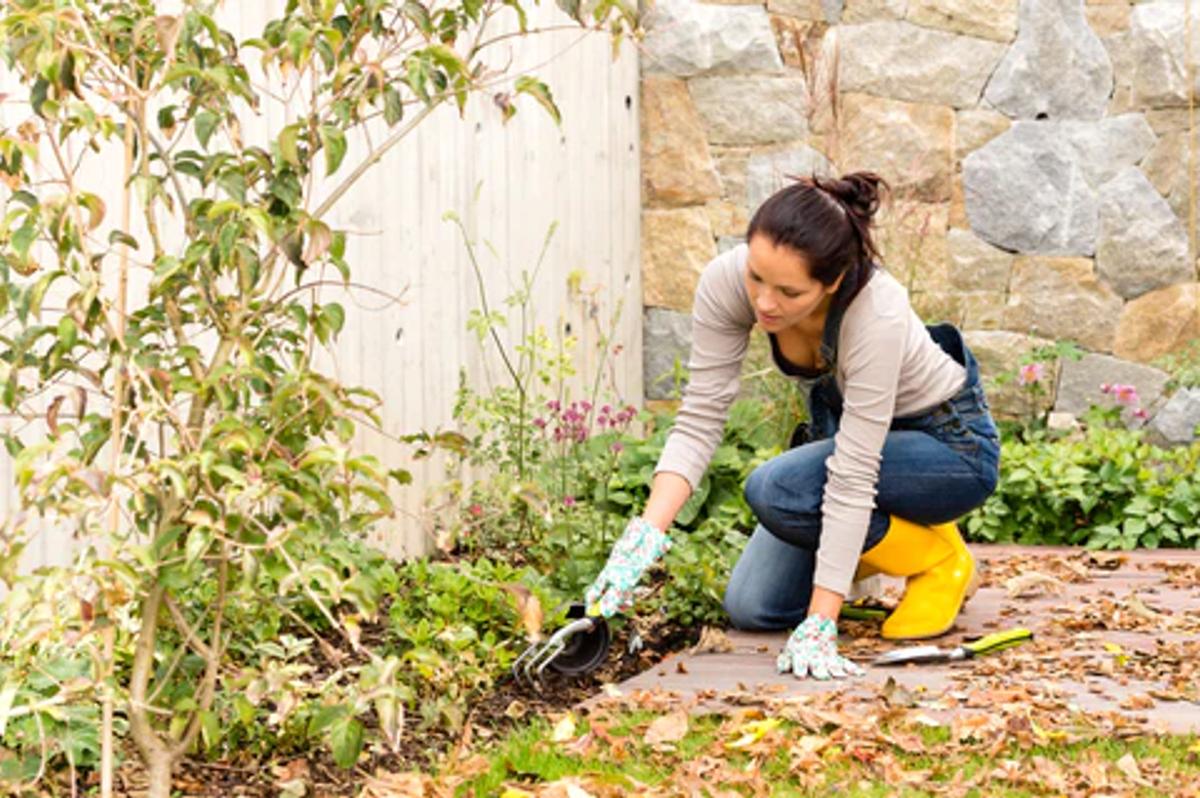Why Fall is the Best Time to Plant Native

Fall is the best time to plant native plants - the air is cool, the ground is still warm and plants are ready to invest their energy in root growth.
Introduction
Spring is classically the most anticipated season for starting a new garden: temperatures finally warm, days get longer, and we generally know that blooms and life are on the way. As the prime planting season of the year, gardeners eagerly take out their tools to sow seeds and introduce new plants to their gardens.
While spring gardening is a perfectly excellent time overall, variations in weather - including heavy rainfall, melting snow, and unexpected temperature crashes - threaten to ruin even the best planned gardens.
You may be surprised to learn that one way to overcome these challenges is to choose Fall as your planting season.

At My Home Park, we give you the choice of when your plants ship. Whether you're ordering in April or August, you can select the week that works best for your yard and your schedule. If you are considering a Fall planting this year, don't hold back! You can order today and have your plants delivered in September or October to take advantage of this fantastic planting window.
Top 5 Reasons why Fall is the Best Season for Planting
Here are the top reasons why fall planting is considered a better alternative to spring planting:
1. Warm Soil Temperatures
During fall, the soil temperatures remain warm from the late summer sun, creating ideal conditions for root growth. The moisture levels are perfectly balanced – neither too wet nor too dry, which encourages better seed germination and root growth. Warm soils also increase the metabolism of earth-dwelling microorganisms allowing them to decompose organic matter rapidly for high nutrient release. So plants get more nutrients which translates into a faster growth rate.
2. Cool Air Temperatures
Fall offers a much-needed respite from the hot and dry weather of summer. Day-time high temperatures become milder and tolerable for humans and plants and there is less water evaporation from leaves. Also, the moisture levels in the soil stay consistent during this season and with predictable precipitation, the need for frequent watering is reduced. The perfect combo of warm soil temperatures near the root and cooler air temperatures on the top offer the ideal growing conditions for the plant.
3. Reduced Maintenance
During fall, you and your plants have fewer problems from pests, diseases and weeds. A majority of common garden pests remain inactive during fall and pose fewer challenges to the plants. It gets easy to contain their population as these creatures prepare themselves for winter hibernation.
Fall is also the best time to weed your garden for the coming spring, as these plants start showing up during this season. They are immature and weak, hence controlling their growth is simpler with mulches, gardening tools and natural herbicides.
4. Benefits for Pollinators
By planting in the fall, you are creating an early spring-blooming garden for pollinators like birds and insects. These creatures actively look out for food and habitats after a harsh winter season and get attracted to a showy, colorful garden. As the winter snow thaws, the plants start producing early flowers which treat a variety of pollinators with pollen and nectar.
5. Easy on Gardeners
Gardeners find fall gardening easier than spring gardening due to less watering, less weeding and overall time needed to keep the plants healthy. During fall, gardeners can focus on sowing seeds and tracking plant growth rather than worry about these issues.
Also, the milder daytime temperatures and more consistent weather during fall offer better outdoor experiences than in spring, so gardening is more enjoyable than frustrating. Fall planting also offers more value for money due to higher germination and survival rates of the seeds and plugs.
Are Fall Gardens Fail-Proof?
It’s wrong to assume that fall gardens have no setbacks and come with a 100% success rate. The results greatly depend on the selected timeframe for planting during fall. Waiting for the later part of the season can increase the risks of failure.
Here are some general rules to remember for fall gardening:
1. Prepare your soil by clearing extant vegetation and readying an organic mulch for your new plants.
2. Once installed, give your plants at least 6 weeks of optimal growing weather before freezing temps blow in. You can check the fall weather patterns of your region to determine this ideal planting phase.
3. Perennials are always a better choice for fall planting as species will be dormant during the winter and will grow back each year. Annuals live only for one season and require re-planting at the same time every year.
4. Adding organic mulch to the ground helps insulate the ground and maintains warm soil temperatures even during early winters. This way, you can extend the growing season of the young plants and get their root systems established well before the frost sets in.
5. Keep the soil moist by watering once or twice a week. Avoid excessive (really, any) fertilizing, which discourages the plant from forming stronger roots as the focus shifts toward shoot growth.
How You Can Plant This Fall
Fall is a wonderful season for making new additions to your garden. It offers a great success rate for your plants and benefits the local ecology. At My Home Park, all of our pre-designed gardens are ready for Fall planting. If you are interested, check these gardens out today to discover more and get your first all native plant fall planting started this year!

Share this article


